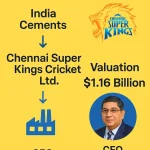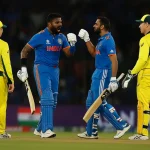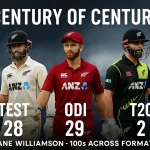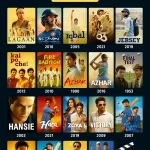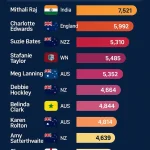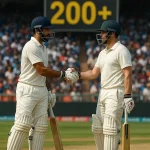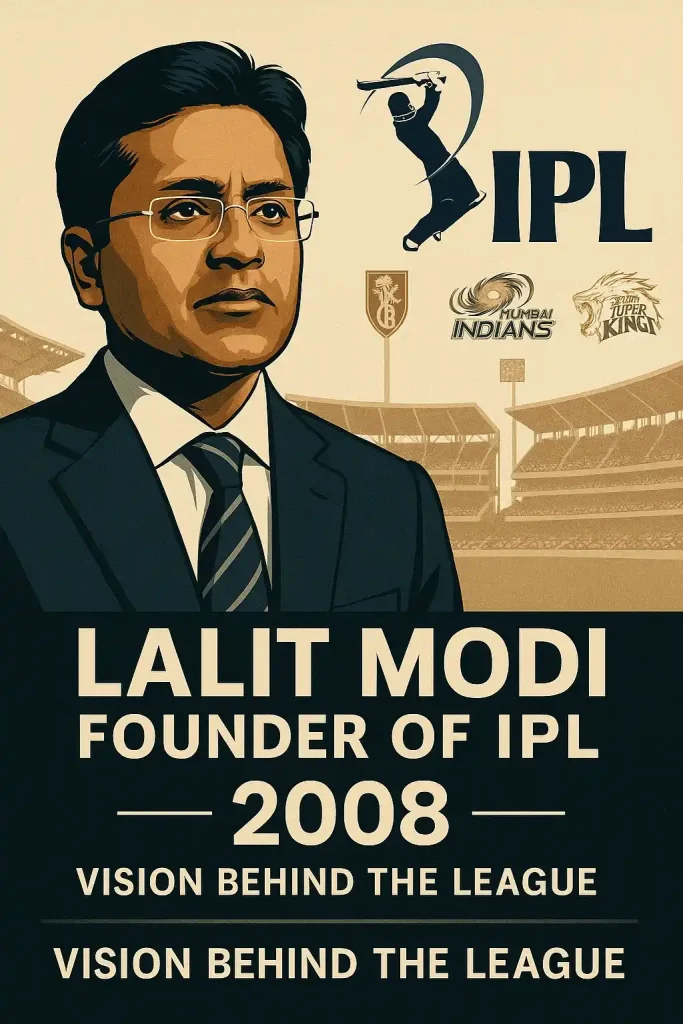
It is now IPL that has turned into a brand that brings to mind images of lavishness, huge contracts, fully booked stadiums, and cricket resembling something more like a performance art. Looking back into the mid-2000s tells a different tale—no narrative, no assurance, and no prior example to follow. The history of cricket was rewritten because of a league birthed by a singular individual, divisive, contentious, yet visionary. This is the tale of IPL’s founder, Lalit Modi, and the intricate system he set up.
Lalit Modi: The Individual Operating Stealthily
Lalit Modi became the face of the Indian Premier League media in the late 2000s. During 2007, when the entire Indian community was facing the blow from the World Cup exit, the League was looking for new, intriguing ways to garner more revenue. Similarly, Vice President of BCCI, Lalit Modi, had the bright idea of introducing a brand new franchise-based league following the American model of sports— City T20 leagues. Modi’s brash and un-Indian approach to servicing the game of cricket single-handedly managed to garner loopholes in America’s sports Dynasty.
When Brendon McCullum set ablaze the first IPL match with a delightful 158-run innings, he not only ran KKR and RCB against each other, but he also sustained his foot on the break, an explosive version of T20 cricket which is here to stay. Modi took the responsibility of propelling an entire case around IPL instead of asking BCCI to propose a new tournament. With Brendon’s 158 estimable innings to kick off the T20, IPL exponentially flourished with fervent spectator interest and thousands of lucrative advertising opportunities.
Table 1: Timeline of IPL’s Early Evolution
| Year | Milestone | Notes |
| 2007 | IPL officially announced by BCCI | Modi’s idea approved after ICL threat |
| 2008 | Inaugural IPL season begins | 8 franchises, auction model introduced |
| 2010 | IPL broadcast rights cross $1 billion mark | Global expansion in media footprint |
| 2010 | Modi suspended after IPL Season 3 | Allegations of corruption and misgovernance |
Modi’s brilliance was in connecting dots that hadn’t been drawn yet. He understood that cricket was moving into a commercial phase, and India was ready to lead it. Player auctions brought drama. Franchise ownership attracted Bollywood and billionaires. Night games brought in primetime viewers. And suddenly, cricket wasn’t just a sport — it was a show.
What Made Modi’s Model Work?
Modi didn’t invent T20. England had it. ICL tried it. But his genius was packaging. He turned IPL into a brand ecosystem:
- Teams had identities — colors, songs, fan bases.
- Every match was a TV product — tight, glossy, sponsor-heavy.
- Players became assets — valued, traded, and tracked.
And he wasn’t just building a league — he was building spectacle. Fireworks, cheerleaders, strategic time-outs. He understood eyeballs. And he gave them a reason to stay.
That said, the founder of IPL has always walked a tightrope. In 2010, just after Season 3, he was suspended by the BCCI. Allegations of financial irregularities, proxy ownership, and misconduct swirled. Modi left India, settling in London, and remains there. But the league? It outgrew him. Today’s IPL is a giant — $10B+ in brand value, 12+ teams, international player drafts. And every bit of it traces back to the blueprint he sketched.
Table 2: Impact of IPL’s Founding Model on Global Cricket
| Element | Before IPL | After IPL |
| Player Earnings | Limited contracts | Multi-million auction deals |
| Domestic Viewership | Seasonal | Year-round anticipation, TV dominance |
| Global League Trend | Isolated | T20 leagues in AUS, ENG, PAK, SA, UAE |
| Fan Engagement | Local clubs only | City-franchise fandom, merchandise |
The IPL also reshaped national priorities. Players started tailoring their fitness, technique, even availability around IPL windows. For some, it became more lucrative than international duty. The league gave rise to careers, altered training academies, and shifted scouting logic.
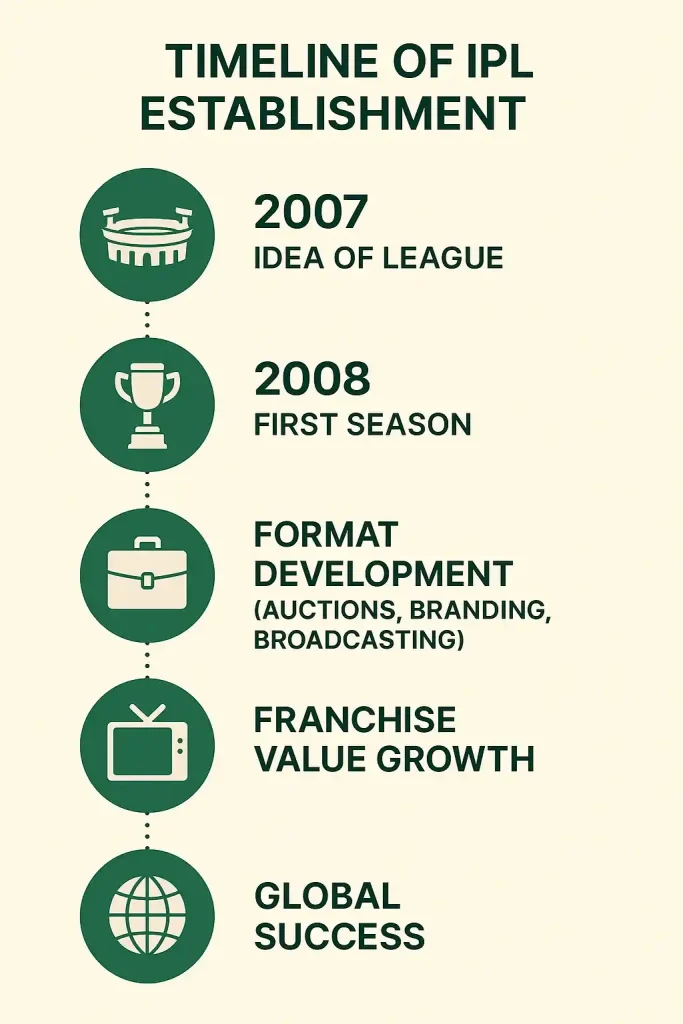
The Shadow of the Founder
Lalit Modi’s name isn’t in the IPL credits anymore. BCCI avoids it. Broadcasters gloss over it. But the league’s foundation is his signature. Even in exile, his creation continues to thrive. Whether or not he returns to cricket administration, Modi has done what few in sports history manage — build something so big, it can’t be erased, even without him.
His detractors call him opportunistic. His supporters, a genius. The truth? He was both. That duality made him dangerous — and effective. And when you hear the anthem, see the stadium lights, or watch a 17-year-old unknown walk out against Rashid Khan in front of 60,000 people? That’s the echo of what Lalit Modi built.
So next time someone asks about the founder of IPL, don’t just mention the name. Tell them the story. The risk. The revolution. The man who turned cricket into a marketplace — and India into its beating heart.

Meet Arjun Kushaan, a passionate cricket analyst at The Cricket24x7. From street matches in his childhood to competitive college tournaments, cricket has always been a central part of Arjun’s life. With a strong background in data analysis and a natural affinity for numbers, he brings a fresh, analytical lens to the game. At The Cricket24x7, Arjun blends his deep love for cricket with his data-driven approach to deliver detailed insights and well-rounded coverage for fans of the sport.

